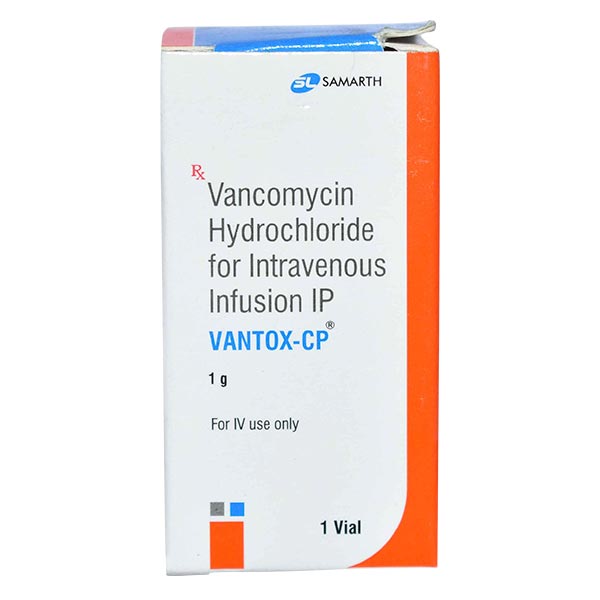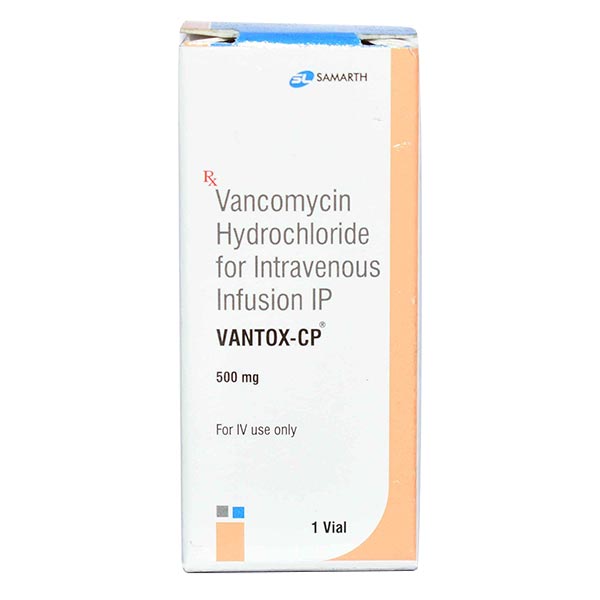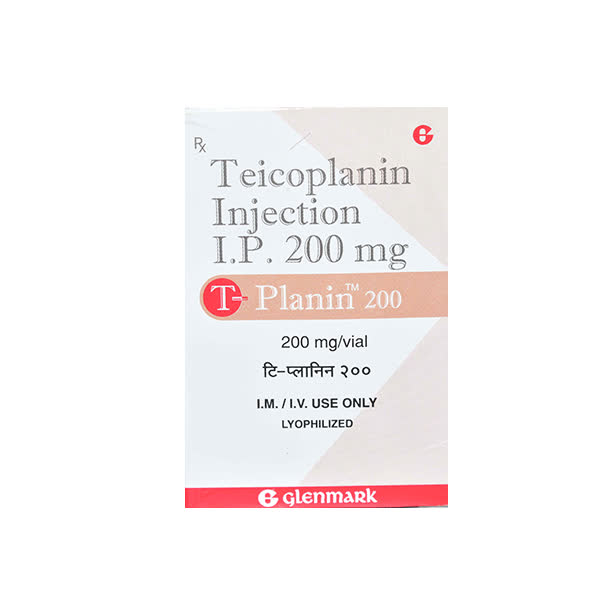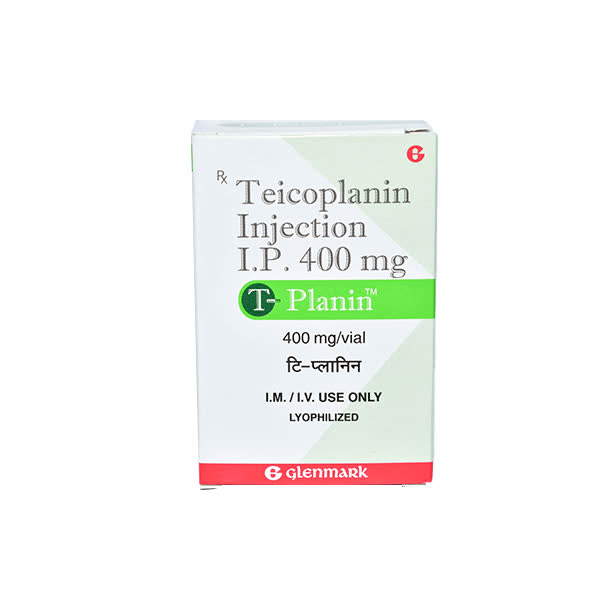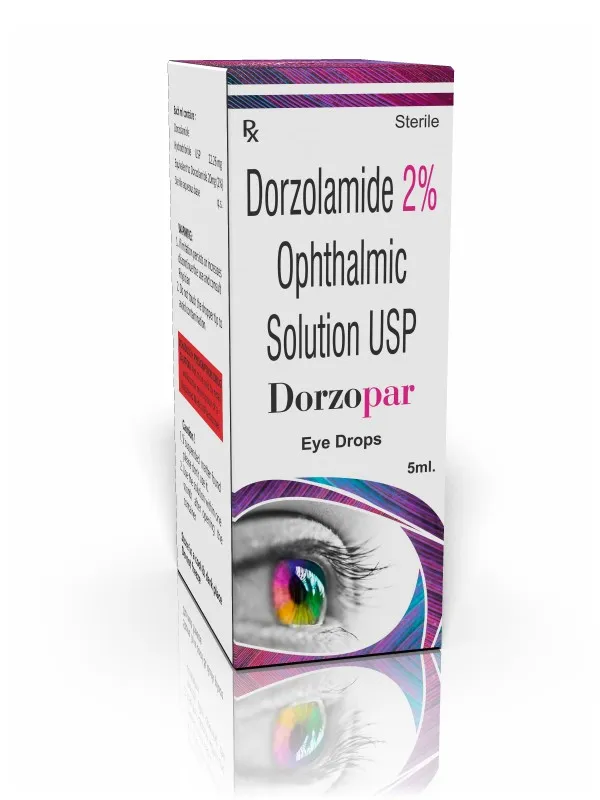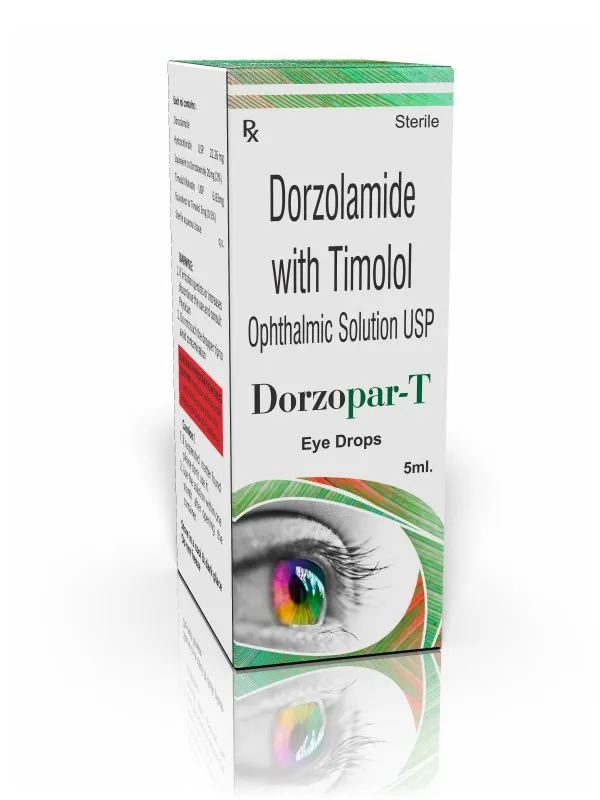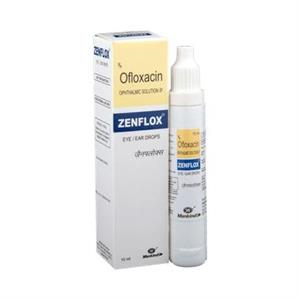Eye Care
Dorzopar-T Eye Drops contain a combination of Dorzolamide and Timolol, which are commonly used to treat glaucoma and ocular hypertension (high eye pressure). Here's a detailed overview of its uses:
🔹 Primary Uses
Open-Angle Glaucoma
Dorzolamide (a carbonic anhydrase inhibitor) and Timolol (a beta-blocker) work together to lower intraocular pressure (IOP), which is crucial in treating open-angle glaucoma, a condition where elevated eye pressure can damage the optic nerve and lead to vision loss.
Ocular Hypertension
Used for the treatment of ocular hypertension, a condition where the pressure inside the eye is higher than normal, but glaucoma has not yet developed. It helps to prevent the development of glaucoma.
🔹 How It Works
Dorzolamide:
Inhibits carbonic anhydrase, an enzyme that plays a role in the production of aqueous humor (the fluid in the eye). By reducing the production of aqueous humor, Dorzolamide lowers eye pressure.
Timolol:
Beta-blocker that works by reducing the production of aqueous humor and also improves fluid drainage from the eye, both of which help lower intraocular pressure.
Together, they provide a dual mechanism of action, significantly reducing the pressure inside the eye.
⚠️ Common Side Effects
Eye irritation or burning upon application
Blurred vision (temporary)
Dry eyes or foreign body sensation
Tired eyes or redness
Headache, dizziness, or fatigue (due to Timolol's beta-blocker effect)
Increased tear production or watery eyes
🔹 Usage Tips
Dosage: Typically, 1 drop in each affected eye twice daily, in the morning and evening, or as prescribed by your healthcare provider.
Application Instructions:
Wash your hands thoroughly.
Tilt your head back slightly and gently pull down your lower eyelid.
Place one drop in the lower eyelid pocket without touching the dropper tip to your eye.
Close your eyes gently and press your finger lightly against the corner of your eye (near the nose) to prevent the medicine from draining into your tear duct.
If you are using other eye medications, wait 5–10 minutes between applications.
Contact Lenses: Remove contact lenses before applying the drops and wait at least 15 minutes before reinserting them.
🔹 Precautions
Respiratory Conditions: Since Timolol is a beta-blocker, it can affect the lungs and heart. It should be used cautiously in individuals with asthma, chronic obstructive pulmonary disease (COPD), or a history of slow heart rate or heart failure.
Cardiovascular Issues: If you have a history of heart disease or low blood pressure, consult your doctor before using this medication.
Pregnancy and Breastfeeding: Consult your healthcare provider if you are pregnant or breastfeeding. Timolol may not be suitable during pregnancy or breastfeeding without medical supervision.
Other Medications: Be sure to inform your doctor about any other medications you're taking, especially other beta-blockers, calcium channel blockers, or diuretics, as there may be potential interactions.
Send Message
